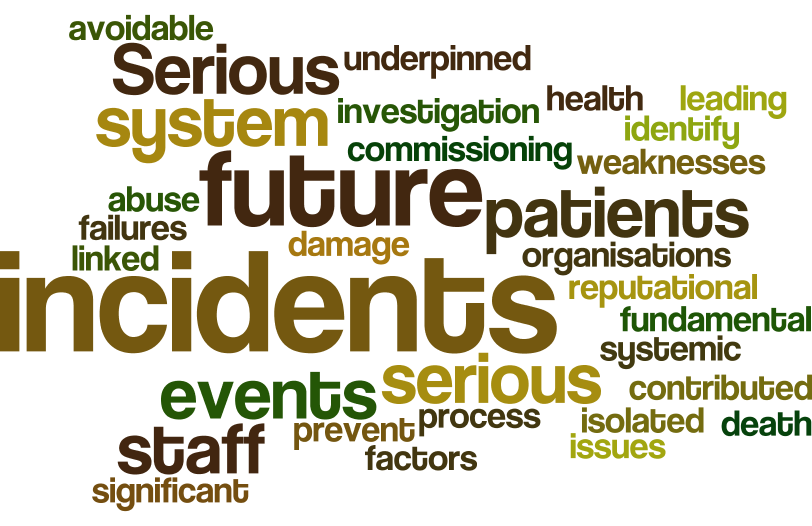|
A whole team of dedicated professional staff were looking after her, and every member of that team was working hard to give her the best possible care. Despite this, she still received the incorrect dose of phenytoin. This post is intended to share learning and encourage staff to reflect on the human factors which contributed to this serious incident. Please read it carefully and consider how, despite best intentions, errors can easily occur, particularly during stressful and rare clinical scenarios. CaseAn alert call was received from the ambulance service regarding a child who had been seizing for 30 minutes. On arrival the patient was unconscious, with a partially obstructed airway, vomiting, with ongoing abnormal posturing and in respiratory acidosis. Lorazepam was administered with no clinical change. A rapid sequence induction was undertaken and the patient was intubated successfully. Treatment with ceftriaxone, morphine, midazolam and phenytoin was commenced. 10 minutes later the patient went into an asystolic cardiac arrest. CPR was commenced immediately, and consideration of reversible causes undertaken, including possibility of reaction to phenytoin. Intralipid was given after advice sought from NPIS regarding potential treatment for phenytoin toxicity, as no specific information available on the website. Resuscitative efforts continued for 60 minutes. The patient had a ROSC and underwent stabilisation, CT head and transfer to PICU later that night. There were 4mls left in the phenytoin syringe and it was sent to pharmacy for analysis. One week later pharmacy confirmed the syringe contained neat phenytoin. The patient had therefore received a significant overdose. As soon as the error was identified, a DATIX was completed and a serious incident review commenced. Duty of candour was applied and the patient’s mother was informed. Serious Incident reviewOne of the first steps in this process is to contact the staff involved and ask for their recollection of events. As a staff member this can be very difficult. The vast majority of health professionals work hard with the intention of giving good care. The staff involved in this incident were contacted by the lead reviewer and their local line managers, and asked to provide a verbal or written report. These reports were then collated, and a root cause analysis meeting held to discuss the incident, inviting all involved staff to attend. A root cause analysis report was then produced; sharing lessons learned and recommendations. The following pages contain excerpts from that report, please consider the human factors elements that contributed to the error and the impact these can have on our daily practice.
1 Comment
Annette Rickard
28/11/2016 08:35:31
Thanks for sharing, we used thsi case on Safety Days recently and I think, that although frightening and the source of significant concern at the time, the way it has been handled, share and used to improve care is a celebration of the ED team. I also recognise the value of the fact that Intralipid use during cardiac arrest had been simulated previously in the ED. Good team work Derriford.
Reply
Leave a Reply. |
Categories
All
The Derrifoam BlogWelcome to the Derrifoam blog - interesting pictures, numbers, pitfalls and learning points from the last few weeks. Qualityish CPD made quick and easy..... Archives
October 2022
|
||||||||
